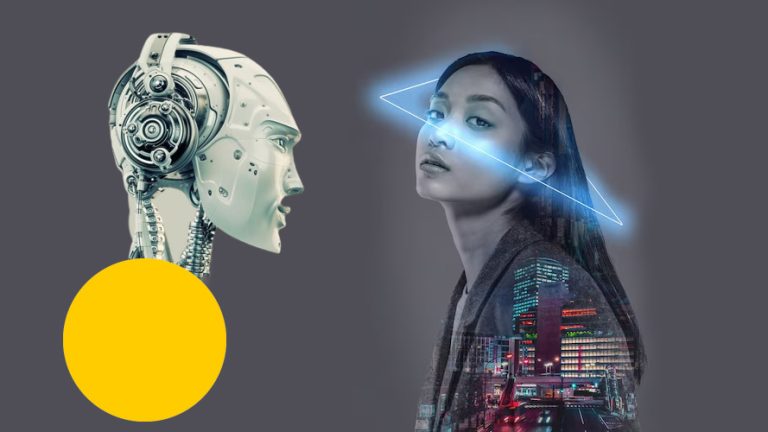Women in tech do succeed despite the lack of female representation in artificial intelligence
A rapidly expanding discipline, artificial intelligence (AI) has a variety of uses, from autonomous driving to medical diagnostics. However, the lack of female representation in AI development is a result of the gender gap in the tech industry. It’s critical to think about whether women are adding intelligence into artificial intelligence as AI continues to change our society.
Women in tech have historically been underrepresented in STEM fields, such as engineering and computer science. Women make up only 28% of the science and engineering workforce, according to a 2019 National Science Foundation report. According to a 2020 World Economic Forum research, this gender gap in AI is even more acute, where women in AI make up only 22%.
The absence of women in the creation of AI has important ramifications for the technology itself. Large volumes of data are used to train AI systems, therefore if the data is biased, the AI system will also be biased. For instance, it has been demonstrated that facial recognition algorithms had greater error rates for women and persons of color, which is probably because of biased training data. Serious repercussions could result from this, like people being wrongly identified in security and law enforcement applications.
Women are underrepresented in the field of AI development for several reasons. The absence of female role models in the industry is one of the causes. If they do not see other women in STEM professions, women are less likely to seek careers in those fields. Another factor is the pervasive gender bias and stereotypes in the tech sector, which can result in women being passed over for promotions and job openings.
But a lot of women are also making important contributions to the field of AI. For instance, Stanford University professor Fei-Fei Li has made significant contributions to the development of computer vision and image recognition technology. She also started the foundation AI4ALL, which aims to broaden AI’s diversity and inclusivity.
Joy Buolamwini, a computer scientist and the leader of the Algorithmic Justice League, is another instance. Buolamwini’s research revealed racial and gender prejudice in facial recognition technologies and resulted in adjustments to company policies at organizations like IBM and Microsoft. She also promotes moral AI development and the value of various viewpoints in the industry.
The representation of women in AI development is also being increased through initiatives and organizations. For instance, Women in Machine Learning (WiML) is a non-profit group that encourages and supports women working in the machine learning industry. They provide tools, networking opportunities, and mentorship to assist women in advancing in their careers.
Additionally, businesses are beginning to realize how crucial diversity is to the advancement of AI. For instance, Google started the Women Techmakers program to give women in technology access to events, workshops, and scholarships. Along with making attempts to diversify its AI development teams, Microsoft has committed to investing $150 million in programs that promote inclusion and diversity.
Do women, therefore, contribute intellect to artificial intelligence? The answer is yes, but much more needs to be done to guarantee that women are adequately represented in AI development. Not only will more women working in the field result in more inclusive and diverse AI systems, but they will also contribute fresh viewpoints and ideas.
Through education and training, we can improve the representation of women in the AI development process. The gender gap in the industry can be reduced by promoting STEM education among young girls and giving women the chance to gain AI capabilities. Programs for mentoring and sponsorship can also be successful in assisting women in advancing in their jobs.
Through programs and policy reforms that support diversity and inclusion, there are additional ways to enhance the representation of women. Policies that guarantee diverse hiring practices and advance gender parity in the workplace can be adopted by businesses and other organizations. They can also contribute to projects that aid marginalized communities, such as mentorship opportunities and scholarship programs.
In conclusion, while there has been progressing in the representation of women in the field of artificial intelligence, there is still much to be done. Not only will reducing the gender gap in AI development result in more inclusive and diverse AI systems, but it will also introduce fresh viewpoints and concepts. Making sure that women have an equal opportunity to participate in the development of AI is essential.






Add comment